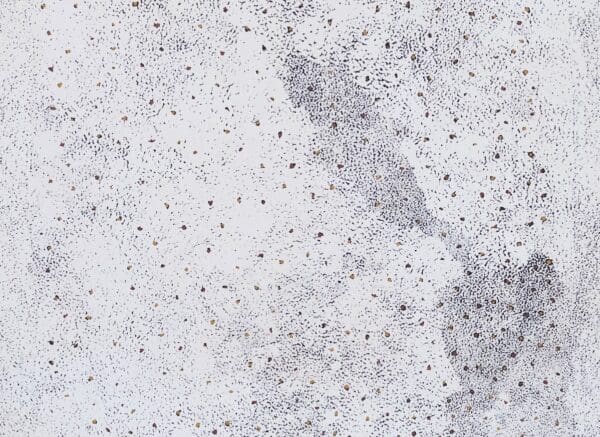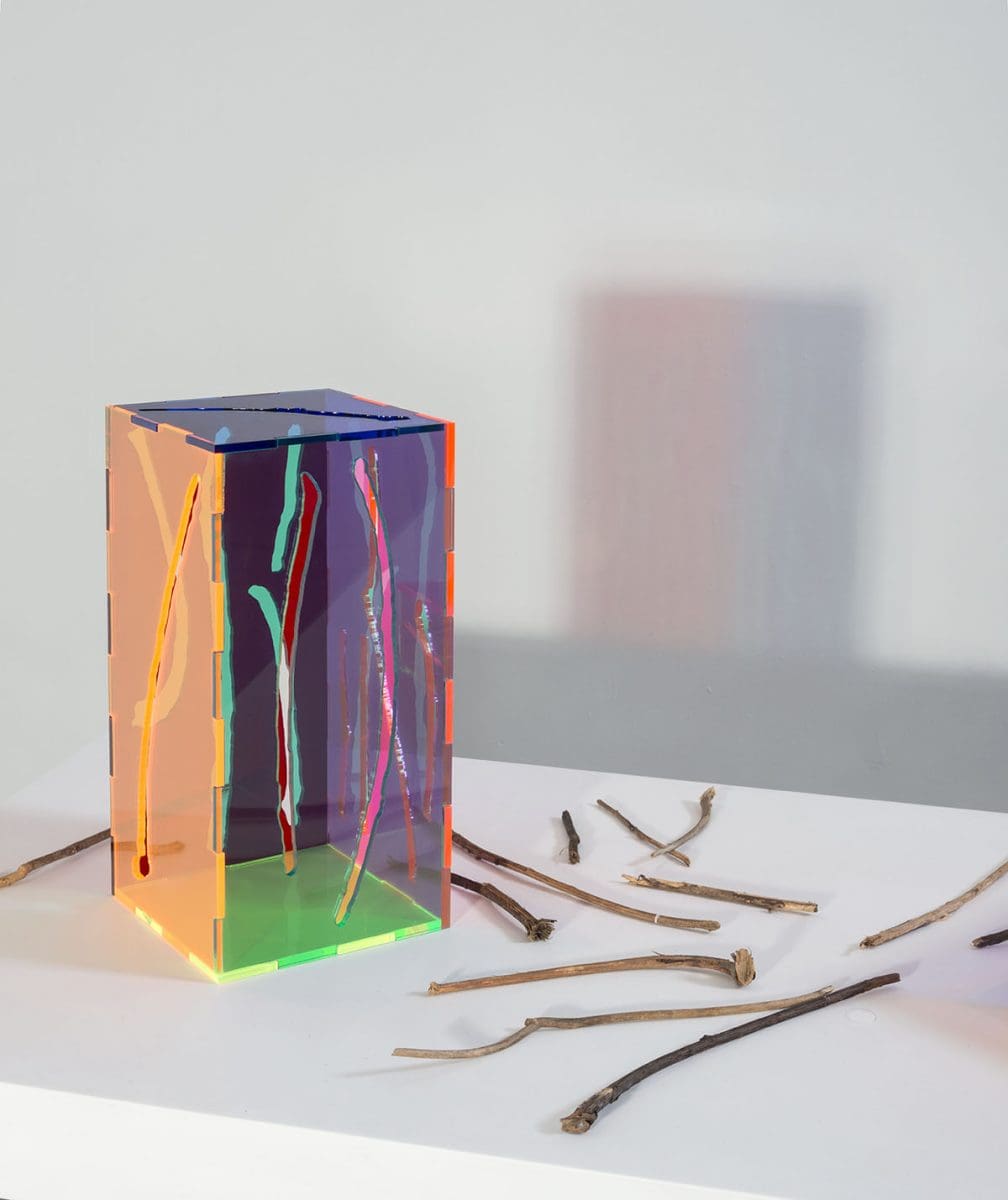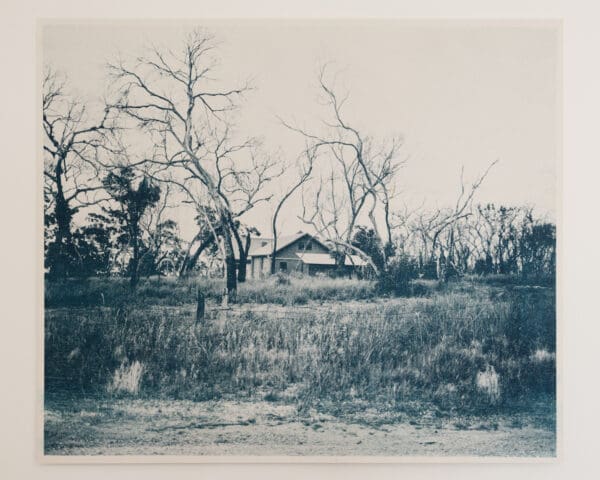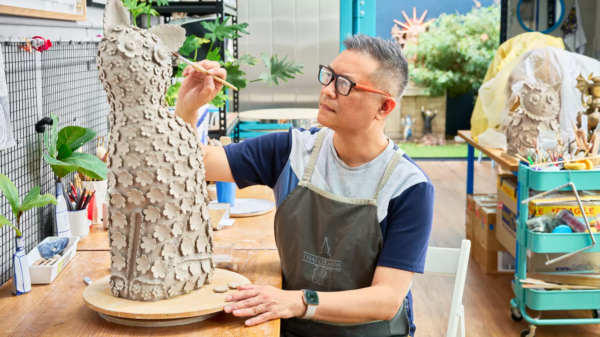
Elizabeth Mbitjana Pitijana and inherited influence
In Anmatyerr artist Elizabeth Mbitjana Pitijana’s first solo exhibition in Melbourne—which focuses on the Central Desert food source Arnwekety (bush plum)—the influence and love of her Country and culture is palpable. Elizabeth Mbitjana Pitijana is now showing at Niagara Galleries.












